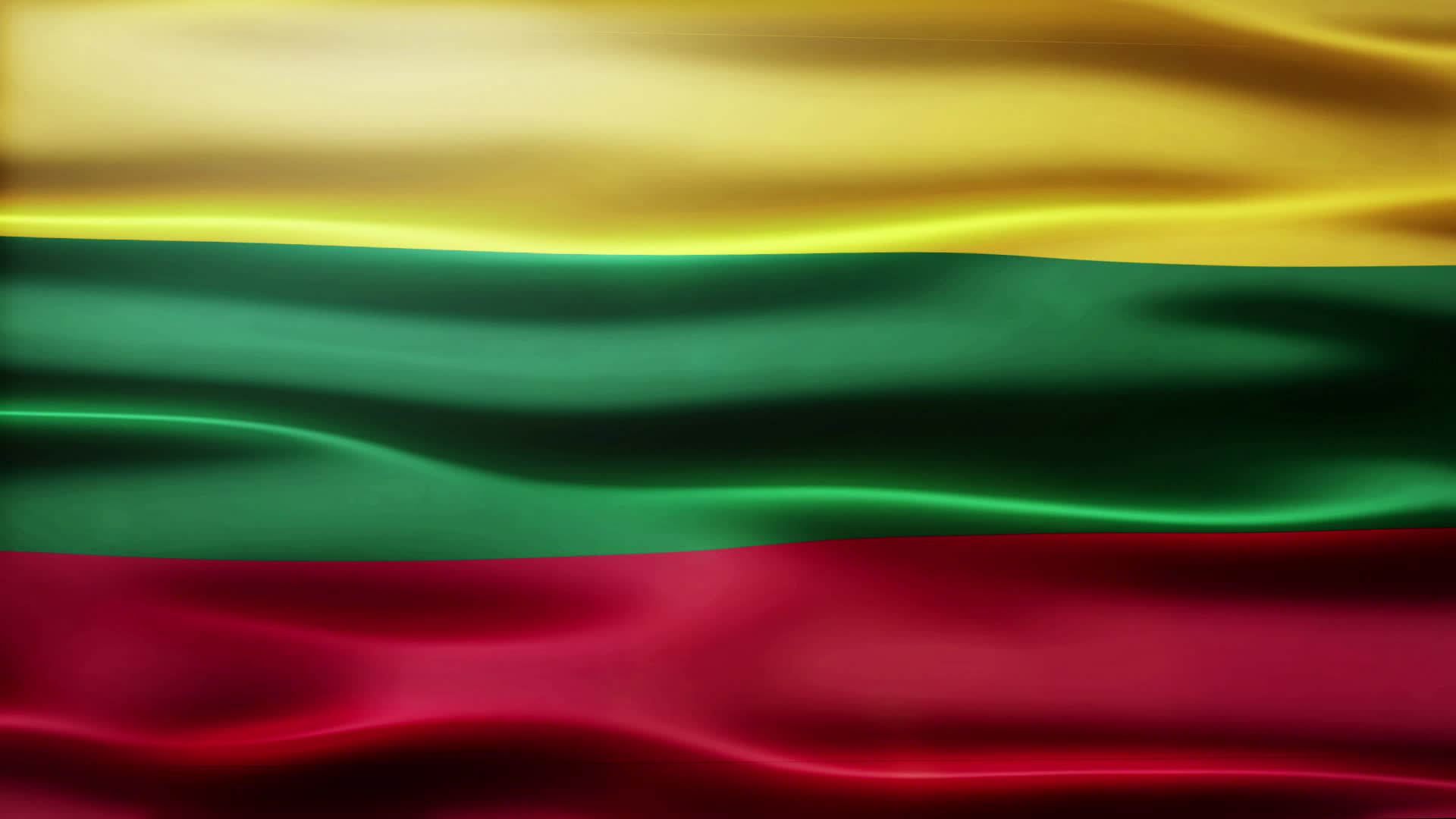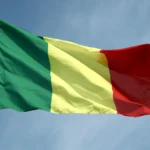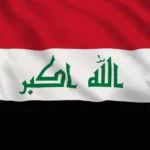
Lithuania is a country located in northeastern Europe and is one of the three Baltic states. It shares borders with Latvia to the north, Belarus to the east and south, Poland to the south, and Russia (Kaliningrad Oblast) to the southwest.
The official language of Lithuania is Lithuanian, which is one of the oldest living Indo-European languages. It is closely related to Latvian and has retained many archaic features, making it of great interest to linguists.
Lithuania was once the largest country in Europe, reaching its territorial peak in the 14th century. At its height, the Grand Duchy of Lithuania stretched from the Baltic Sea in the west to the Black Sea in the south, covering present-day Lithuania, Belarus, Ukraine, and parts of Poland and Russia.
The Lithuanian state was established in 1236 by Mindaugas, who became the first and only King of Lithuania. Mindaugas united several Baltic tribes and established a centralized monarchy. However, after his assassination in 1263, Lithuania experienced political fragmentation until the rise of the Gediminas dynasty.
The Grand Duchy of Lithuania and the Kingdom of Poland were joined in a personal union between 1386 and 1795, known as the Polish-Lithuanian Commonwealth. This union created a diverse multinational and multi-religious state, known for its religious tolerance and parliamentary system—the Sejm. The Commonwealth was one of the largest and most populous countries in 16th-century Europe.
Lithuania was the last pagan state in Europe, officially adopting Christianity in 1387. This conversion was led by Grand Duke Jogaila (later known as Władysław II Jagiełło) who married Queen Jadwiga of Poland and embraced Christianity, thus solidifying the union between Poland and Lithuania.
Vilnius, the capital of Lithuania, is known as the “Jerusalem of the North” due to its rich Jewish cultural heritage. Before World War II, Vilnius had a significant Jewish population and was a center of Jewish intellectual and religious life. Tragically, much of the Jewish community was decimated during the Holocaust.
Lithuania declared its independence from Russia on February 16, 1918, becoming one of the first countries to break away from the Soviet Union. This declaration came in the midst of World War I and marked the establishment of the modern Lithuanian state.
Lithuania lost its independence during World War II and was occupied by the Soviet Union from 1944 until 1990. Following the Molotov-Ribbentrop Pact between Nazi Germany and the Soviet Union, Lithuania was initially occupied by the Soviet Union in 1940. After a brief period of German occupation, it fell back under Soviet control until the dissolution of the Soviet Union.
The Baltic Way, a peaceful political demonstration, took place on August 23, 1989, when around two million people joined hands to form a human chain across Lithuania, Latvia, and Estonia, demanding independence from the Soviet Union. This remarkable display of solidarity and nonviolent resistance stretched over 600 kilometers (370 miles) and brought international attention to the Baltic states’ aspirations for freedom.
Lithuania regained its independence on March 11, 1990, becoming the first Soviet republic to declare independence. The Act of the Re-Establishment of the State of Lithuania was adopted by the Supreme Council of Lithuania, marking a significant milestone in the country’s history.
Lithuania joined the European Union (EU) and NATO in 2004. This step further solidified Lithuania’s integration into European and transatlantic institutions, providing new opportunities for trade, cooperation, and security.
The country’s currency is the euro, which was adopted in 2015. Lithuania became the last of the Baltic states to transition to the euro, replacing its previous currency, the litas.
Lithuania has a unique tradition called “Rūpintojėlis” (The Worrier) in which small figurines are made to represent people, animals, or objects and are believed to help with worries or ailments. These figurines are often created from dough or straw and are thought to bring comfort or luck.
Lithuania is home to the Hill of Crosses, a pilgrimage site covered with thousands of crosses, symbolizing the country’s enduring Catholic faith. The origin of this tradition is uncertain, but the site gained significance during the period of Soviet occupation when Lithuanians would place crosses as a symbol of resistance against the regime. Today, it remains a place of spiritual significance and reflection.
The geographical center of Europe is considered to be in Lithuania, near the village of Purnuškės. This location, determined by various calculations and measurements, is marked by a monument indicating its significance as the “Geographical Center of Europe.”
Lithuania has a strong basketball tradition and has won numerous medals in international competitions. Basketball is considered the country’s second religion. The Lithuanian national basketball team has achieved great success, winning gold medals in the Olympics, EuroBasket championships, and other prestigious tournaments.
The Lithuanian national dish is called “cepelinai” or “didžkukuliai,” which are large potato dumplings filled with meat or cheese and served with sour cream and bacon. These hearty and flavorful dumplings are a popular traditional dish and reflect Lithuania’s agricultural heritage.
Lithuania is known for its beautiful landscapes, including the Curonian Spit, a UNESCO World Heritage site, which is a unique sand dune peninsula shared with Russia. The Curonian Spit stretches along the Baltic Sea coast and offers stunning natural scenery, sandy beaches, and diverse wildlife.
Famous Lithuanian-born individuals include the artist and composer Mikalojus Konstantinas Čiurlionis, the writer and diplomat Czesław Miłosz, and the actress and filmmaker Agnieszka Holland. These individuals have made significant contributions to their respective fields and have gained international recognition for their talent and achievements.
Lithuania has 5 national parks, which preserve the country’s diverse ecosystems and natural beauty. These national parks include Aukštaitija National Park, Dzūkija National Park, Žemaitija National Park, Curonian Spit National Park, and Trakai Historical National Park. Each park offers unique landscapes, wildlife, and opportunities for outdoor activities.
The Lithuanian flag consists of three horizontal stripes—yellow on the top, green in the middle, and red on the bottom. These colors are symbolic, with yellow representing the sun, light, and prosperity; green symbolizing nature, hope, and freedom; and red representing courage, determination, and the blood of Lithuanian martyrs.
Lithuania has a high literacy rate, with nearly 100% of its population being able to read and write. Education has long been valued in Lithuanian society, and the country has a well-developed educational system that emphasizes knowledge, critical thinking, and creativity.
The Lithuanian alphabet uses the Latin script but has several unique characters, such as “č,” “š,” and “ž.” These characters represent specific sounds in the Lithuanian language and are essential for proper pronunciation and spelling.
Lithuania is known for its amber, a fossilized tree resin often used in jewelry. The Baltic Sea coastline is a popular place for amber seekers, who can find small pieces of this golden gemstone washed up on the shores. Amber has been prized for its beauty and believed to possess healing properties in Lithuanian folklore.









